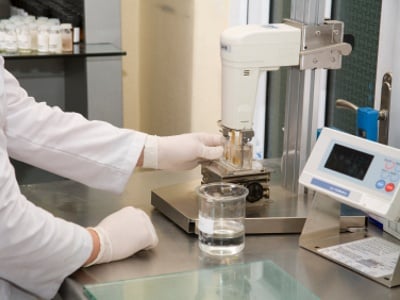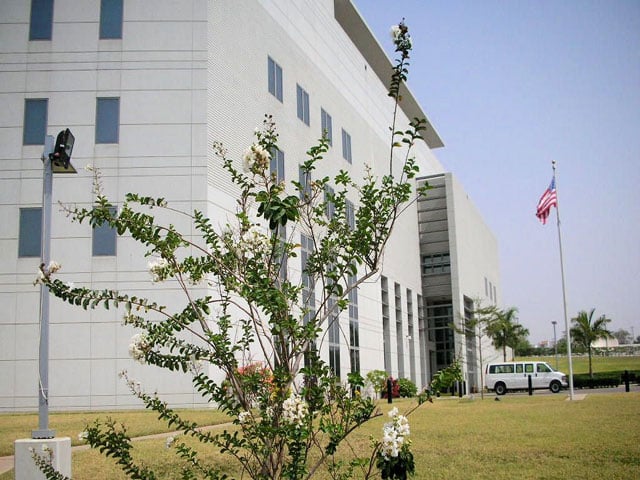Scientists in the United States have successfully created early-stage human embryos using skin DNA.
Deoxyribonucleic acid, popularly known as DNA, is the molecule in cells that carries the instructions for human identity and body functions.
This genetic information is passed down from parents to offspring, ensuring the continuity of traits through generations.
The scientists’ study, published in the Journal Nature Communications, reported the creation of 82 functional eggs.
Advertisement
The research team at the Oregon Health and Science University developed a technique that involves extracting the nucleus, which contains the complete genetic blueprint, from a skin cell.
According to the study, a nucleus was inserted into a donor egg, which has had its genetic material removed.
However, the egg is initially not ready for fertilisation since it contains a full set of chromosomes.
Advertisement
Each individual receives 23 pairs of chromosomes from their parents, making a total of 46. The egg possesses all of them.
To move forward, the researchers needed the egg to eliminate half of the chromosomes in the process dubbed “mitomeiosis”—a blend of “mitosis” and “meiosis”, which describes how cells divide.
The eggs were then fertilised, and some managed to begin developing into early-stage embryos, although none progressed beyond six days.
The researchers said while the method is groundbreaking, it requires further refinement, potentially taking up to a decade, before it could be a viable option in fertility clinics.
Advertisement
The technique, however, holds promise for addressing infertility caused by age or medical conditions, as it can use nearly any type of cell as the foundation for creating life.
Shoukhrat Mitalipov, who leads the embryonic cell and gene therapy centre at Oregon Health and Science University, said his team has achieved something that was thought to be impossible.
Mitalipov noted that the technique still faces significant challenges, as the egg selects which chromosomes to discard randomly.
“We have to perfect it. Ultimately, I believe this is the direction we’ll take, as there are increasingly more patients who cannot have children,” he said.
Advertisement











